Transcription Direction in Gene Expression
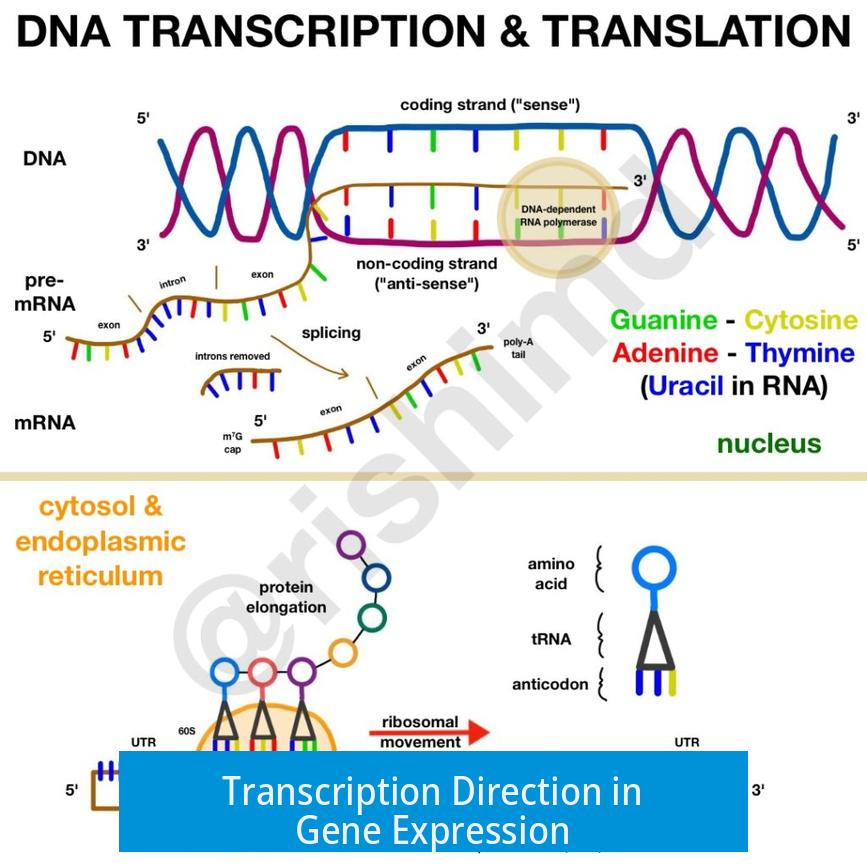
Transcription direction is generally unidirectional, with RNA polymerase synthesizing RNA in the 5′ to 3′ direction using the antisense DNA strand as a template. This process produces an RNA sequence complementary to the antisense strand and identical to the sense strand, except with uracil replacing thymine. The directionality and strand usage determine gene expression orientation.
Unidirectional Transcription of Genes
Most genes are transcribed in one direction only. The crucial factor is that transcription proceeds from the 5′ end to the 3′ end of the RNA being synthesized. The designation of DNA strands as “top” or “bottom” is arbitrary and depends on the viewer’s perspective. What matters is which strand serves as the template.
Template Strand Selection: Antisense Strand
RNA polymerase II uses the antisense strand as the template for transcription. It reads the antisense strand in the 3′ to 5′ direction, adding complementary nucleotides to form pre-mRNA in the 5′ to 3′ direction. This pre-mRNA sequence matches the sense strand, except it contains uracil instead of thymine.
- Genes may be found on either DNA strand.
- Transcription always uses the antisense strand relative to the gene’s coding sequence.
- Orientation is directed by promoter and transcript cleavage sequences.
Rare Bidirectional Transcription
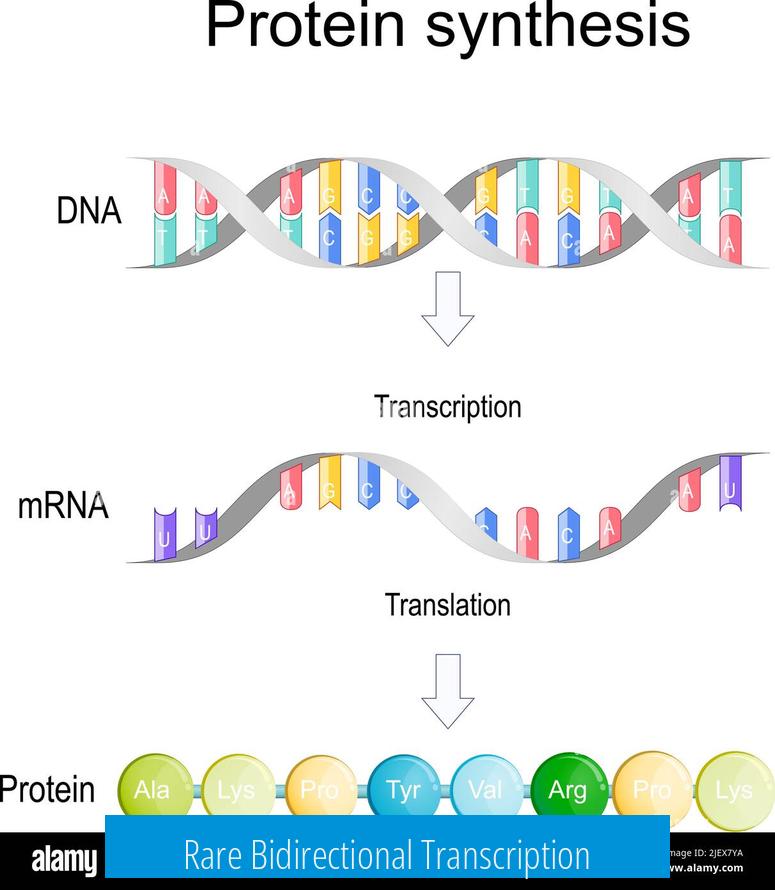
Bidirectional transcription, where RNA polymerase transcribes both strands in opposite directions, is uncommon. When it does occur, two different RNA transcripts result, each with distinct sequences. Each transcript originates from its own promoter and runs 5′ to 3′ on opposite DNA strands.
Gene Orientation and Regulatory Elements
The gene’s orientation is established by specific sequences, such as promoters at the transcription start site and cleavage sites at the end. These sequences ensure directionality and typically prevent fully bidirectional transcription of a single gene.
Key Takeaways
- Transcription usually proceeds unidirectionally, synthesizing RNA 5′ to 3′.
- RNA polymerase uses the antisense DNA strand as the template.
- Rare bidirectional transcription occurs but produces distinct transcripts.
- Gene orientation depends on promoter and cleavage site locations.
- The RNA transcript is complementary to the antisense strand and matches the sense strand sequence.
What determines the direction of gene transcription?
Transcription follows the 5′ to 3′ direction along the DNA strand. The gene is read using the antisense strand as a template, ensuring the RNA produced matches the sense strand’s sequence.
Is transcription ever bidirectional?
Bidirectional transcription is rare. When it happens, RNA polymerase transcribes both strands in 5′ to 3′ directions, producing two distinct RNA sequences.
Why is the antisense strand used as the template for transcription?
The antisense strand provides the complementary sequence needed. This allows the RNA transcript to be identical, except for RNA bases, to the sense strand sequence of the gene.
Can genes be located on both DNA strands?
Yes, genes may be found on either or even opposite strands. However, transcription always uses the antisense strand for each gene as the template for RNA synthesis.
What role do promoter and cleavage sequences play in transcription direction?
Promoter sequences mark where transcription begins, and cleavage sequences indicate where it ends. Together, they set the orientation of a gene and its transcription direction.


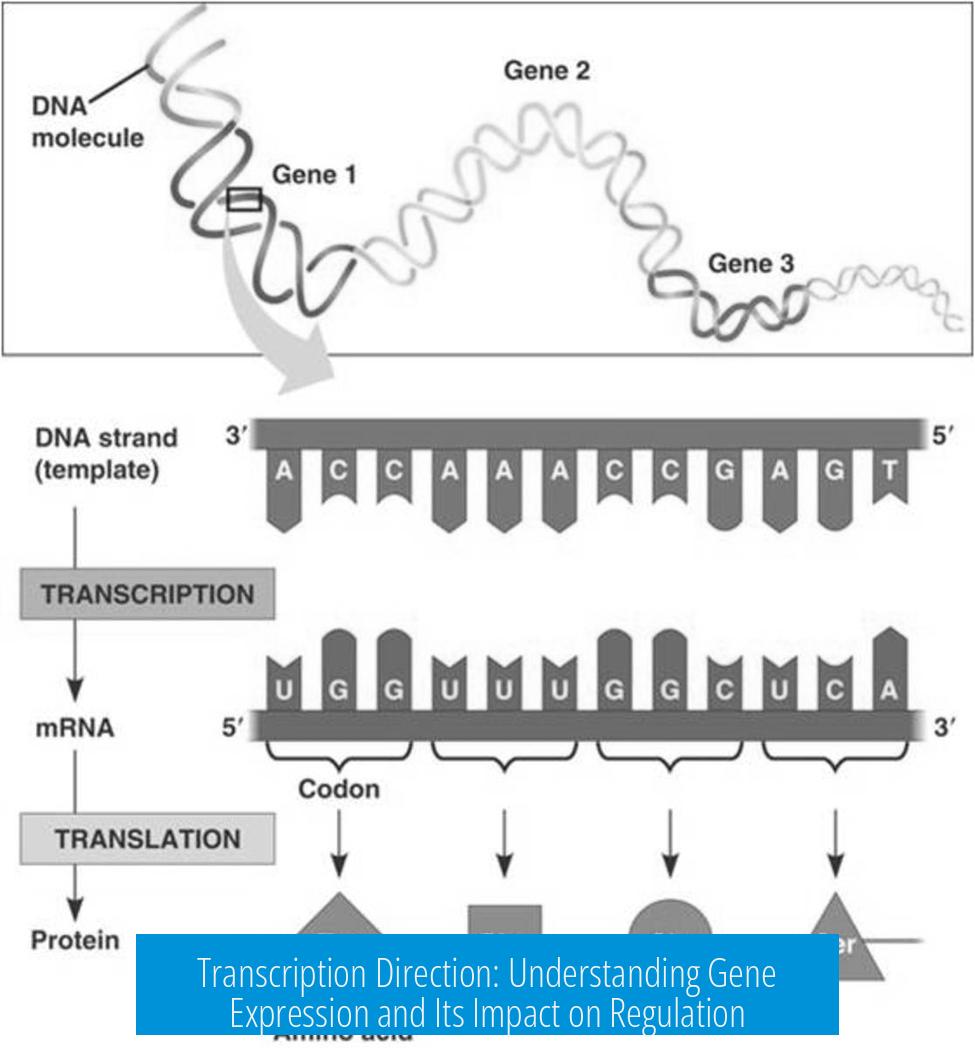
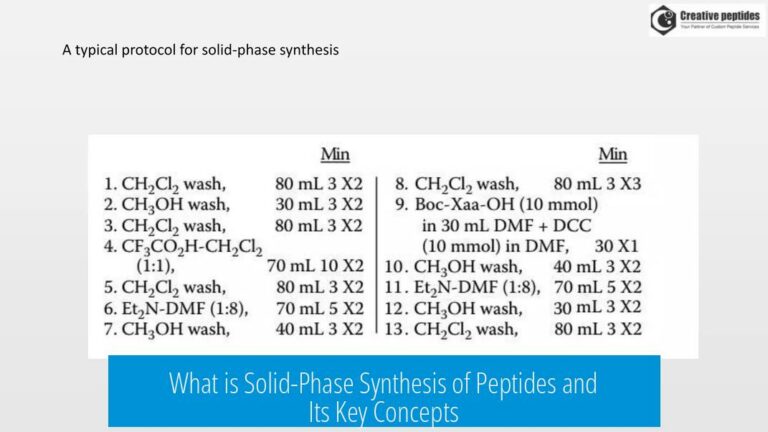
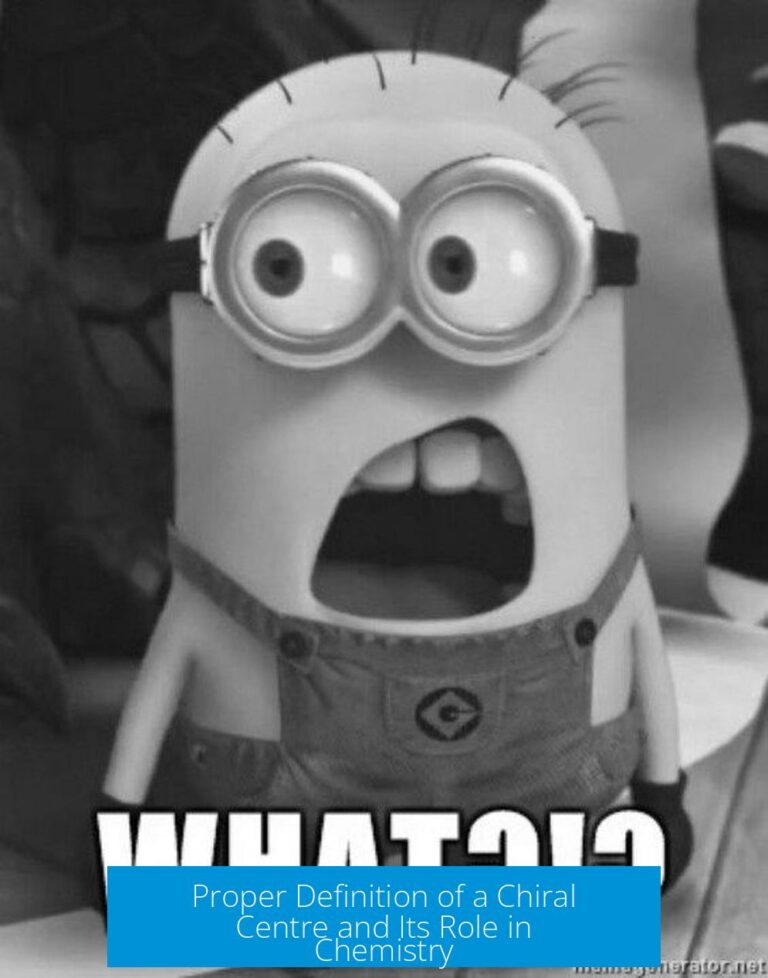
Leave a Comment